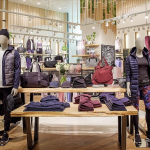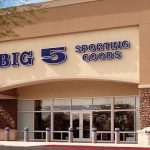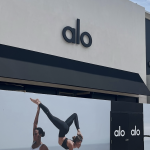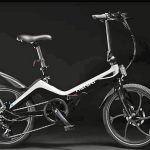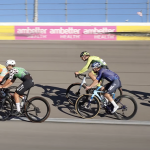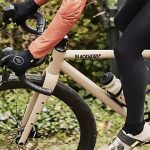By Judy Leand
Whether designed for serious paddling or other pursuits in and around water, performance watersports footwear for Spring 2009 offers an ocean of options to consumers and retailers alike. In fact, aqua-friendly shoes, sandals and their latest progeny, “shandals,” now comprise a large and stable category within the broader outdoor performance footwear market.
Looking back, a late start to the 2008 season helped depress sales of watersports footwear. According to the latest SportScanINFO sell-through data, Hybrid/Water shoes decreased in the high-single-digits for the year-to-date period as average selling prices declined. Sales were down at the same high-singles rate for both full-line and sport specialty retailers. Keen had the top-selling Hybrid/Water shoe for the period with its Newport model. Salomon was the only other brand to have a product in the top 10, with its Techamphibian model claiming the number five spot. Though still holding the lead in market share dollars, Keen did lose a few points to the likes of Salomon, Merrell, Ahnu and Teva.
Going forward, many vendors are optimistic and feel that the outdoor specialty side of the performance watersports footwear business is brighter than the general sporting goods channel. One reason is that outdoor athletes tend to use such product for its intended purpose, and are generally seeking specific feature sets rather than simply hunting down cheap or disposable warm-weather footwear. In fact, the bread-and butter retail price points for performance product are in the $85 to $100 range.
“Specialty shoppers are less price-sensitive than general sporting goods shoppers,” notes Ketherine Petrecca, senior product manager, outdoor and walking at New Balance. Moreover, she says, “The footwear business in the outdoor channel is a bit younger. Even though the economy is impacting everybody, specialty dealers are looking to grow the category. The athletic side is a more mature, tougher business.”
Petrecca also points out that outdoor specialty consumers are demanding performance features. “The ability [of the footwear] to get back to a dry state is key,” she explains. “Consumers also want uppers that drain quickly and that are made of water-resistant or quick-drying materials. The elimination of interior seams is also important since the footwear will be worn barefoot and with wet feet.” She adds that New Balance uses lasts from its racing shoe line to provide a snugger fit.
Overall, says Petrecca, “Retailers and vendors need to look at end-use first, but they also need to make sure that the product is versatile.”


